I have already shown you the original Log Cabin Block and its variant, the Amish Square Block, in my previous blog posts. This time, I'll show you how to draw the Courthouse Steps block.
Of course, I'll also tell you what historical background I was able to find out afterwards.
Drawing the Courthouse Steps block
Like all previous Log Cabin blocks that I have described in my blog articles, this block also starts with a square in the middle of the block.
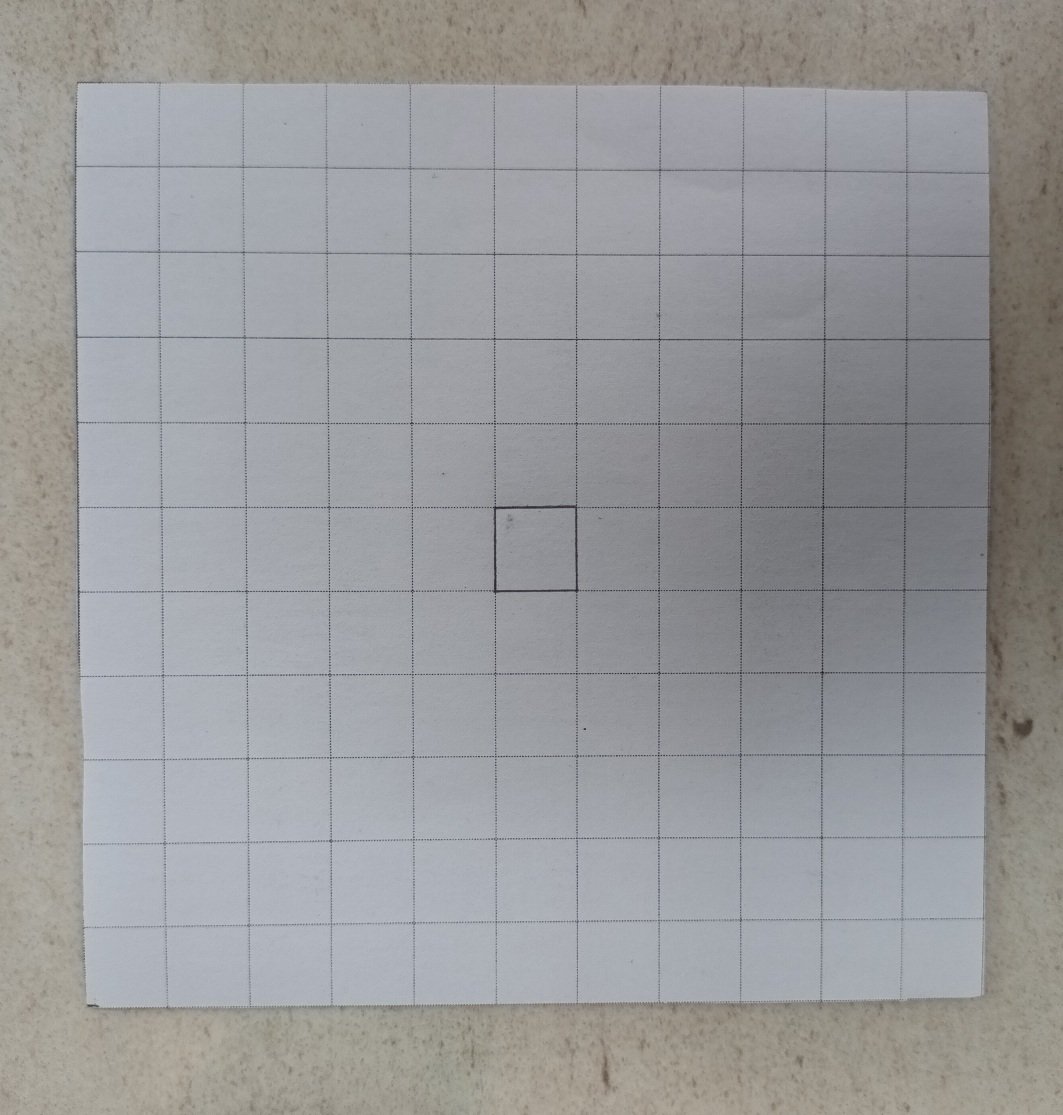
I label the first square with a one and paint it directly in a dark color.
Now draw a strip both above and below this square that corresponds to the length of the first square. So you now have three squares underneath each other
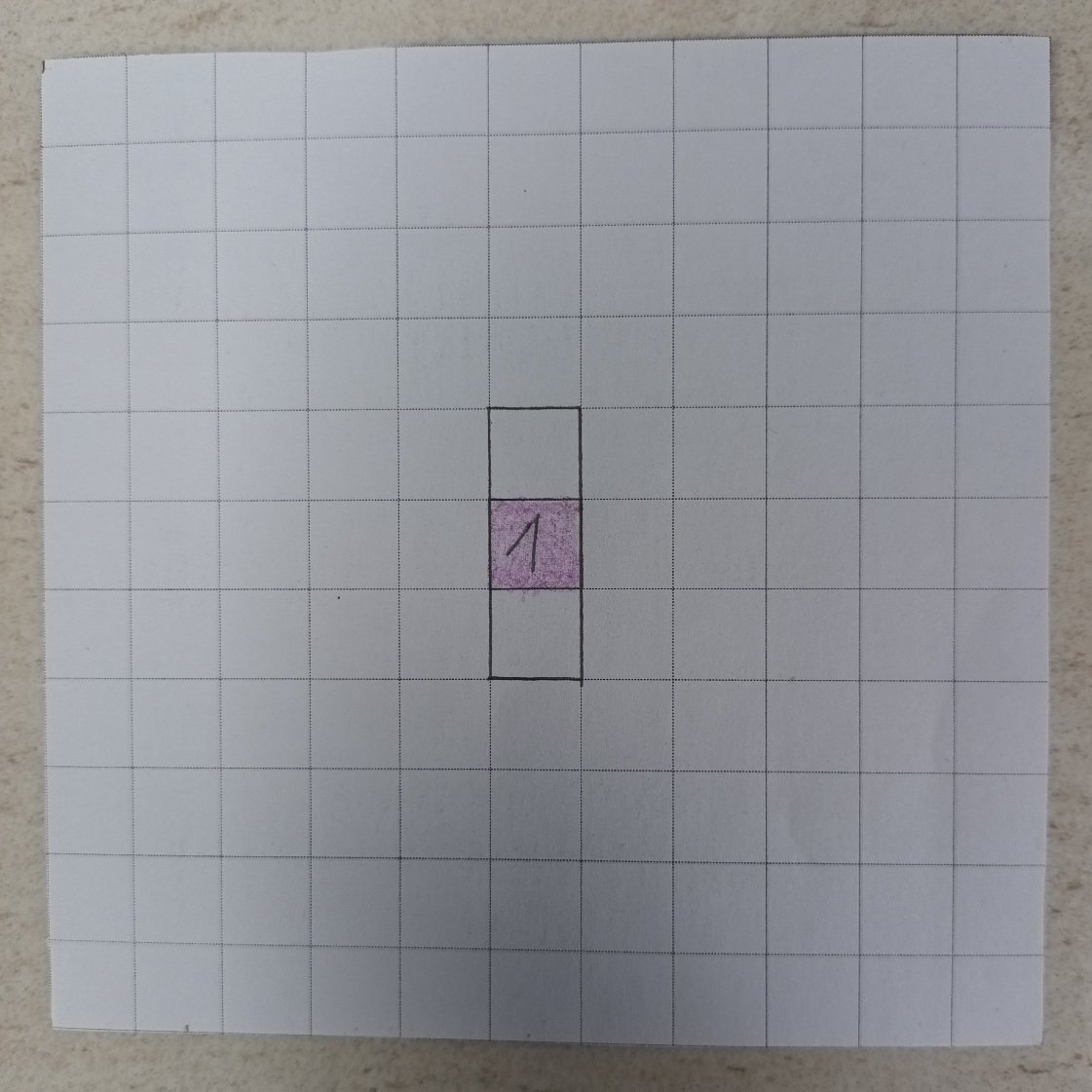
In order not to mix up these squares when sewing later, I paint the other two squares in a matching color now.
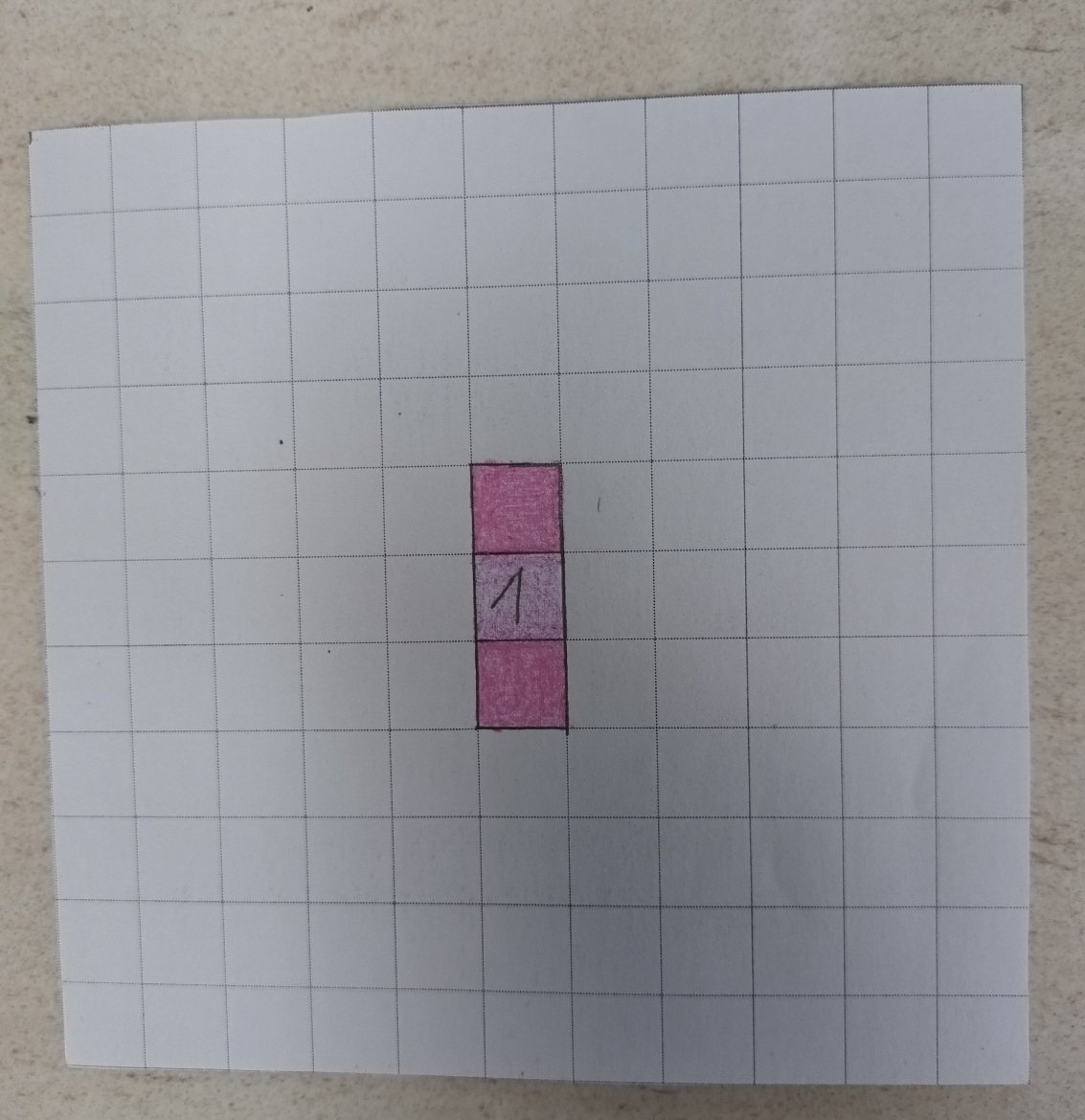
Now draw the stripes to the left and right of the squares you have drawn. I have colored the vertical sides blue to make them easier to distinguish.
Now you can already see the big difference to the original log cabin block, because two opposite sides are always drawn in the same size and color.
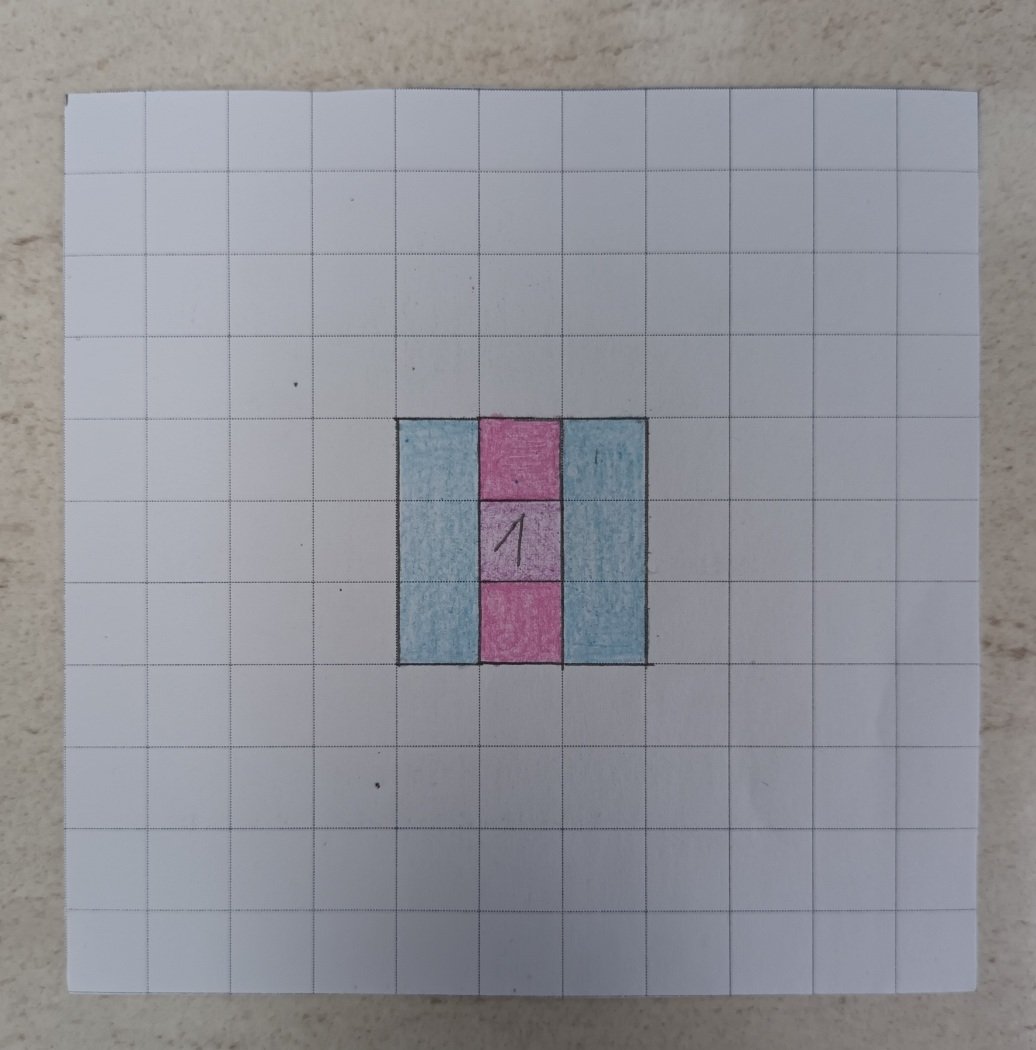
Next, draw the next strips above and below the entire square.
The length of the stripes corresponds to the length of the block drawn so far.
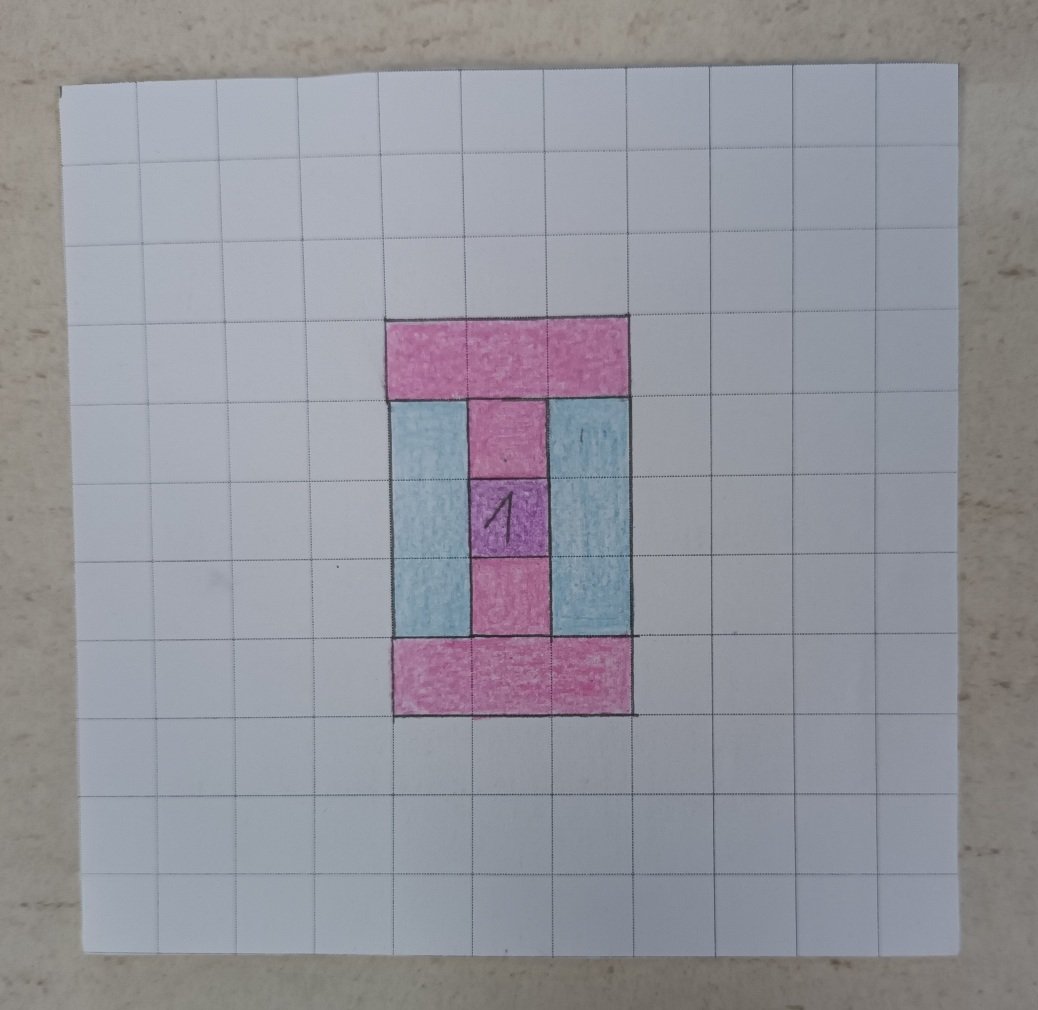
Then follow the next strips to the left and right of the previous drawing.
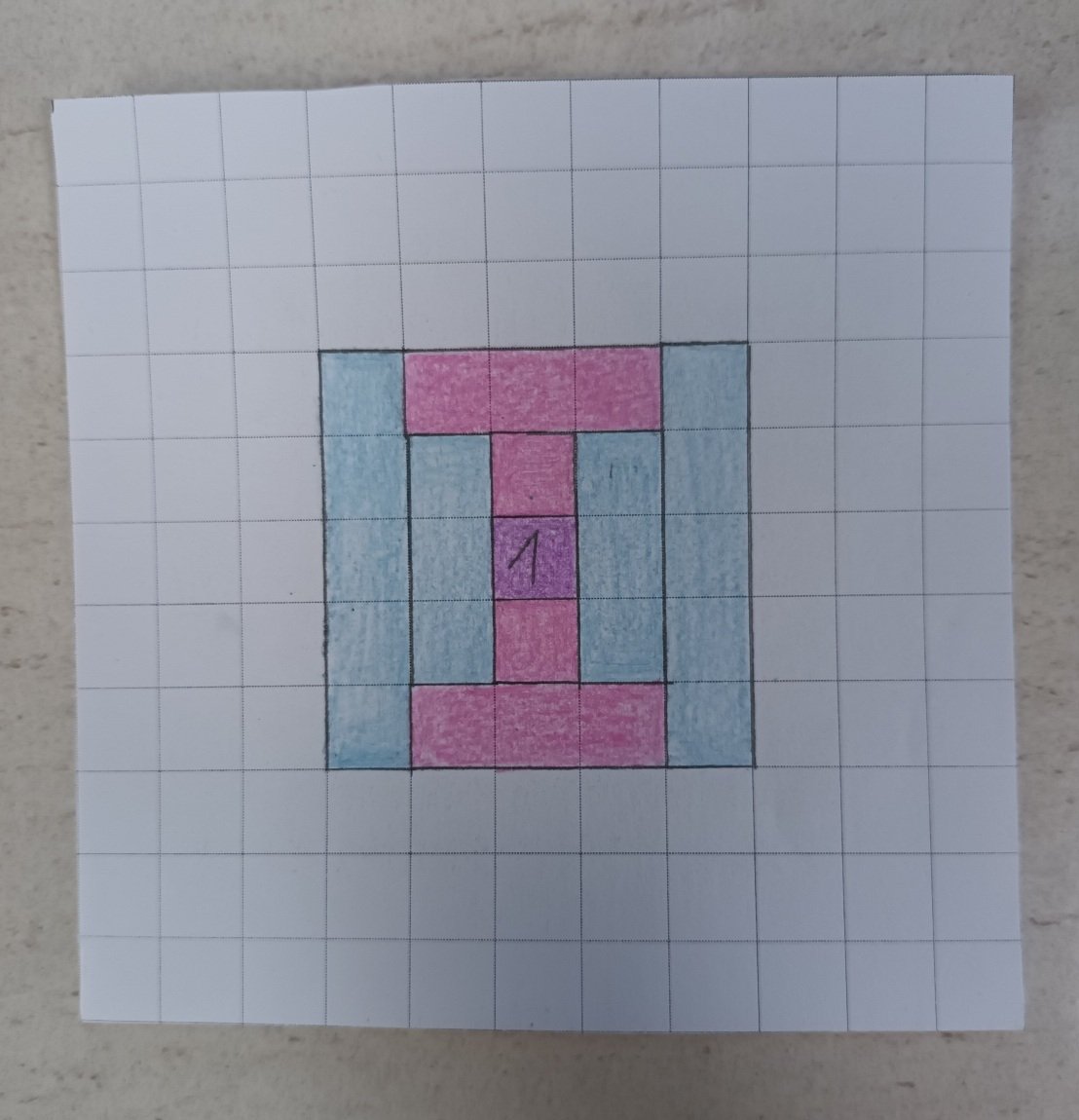
If you now draw the next round, you can already clearly see the horizontal steps that get wider and wider starting from the center square.
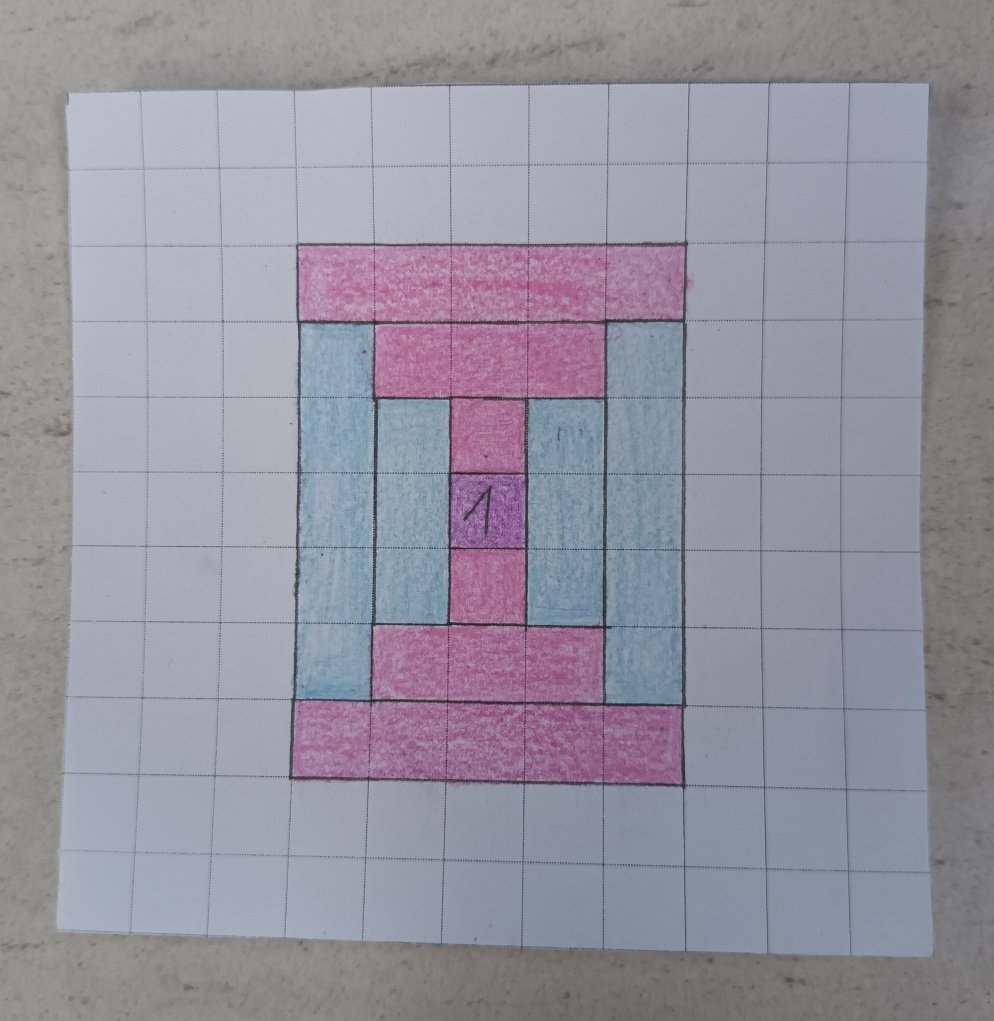
Next come the side stripes again.
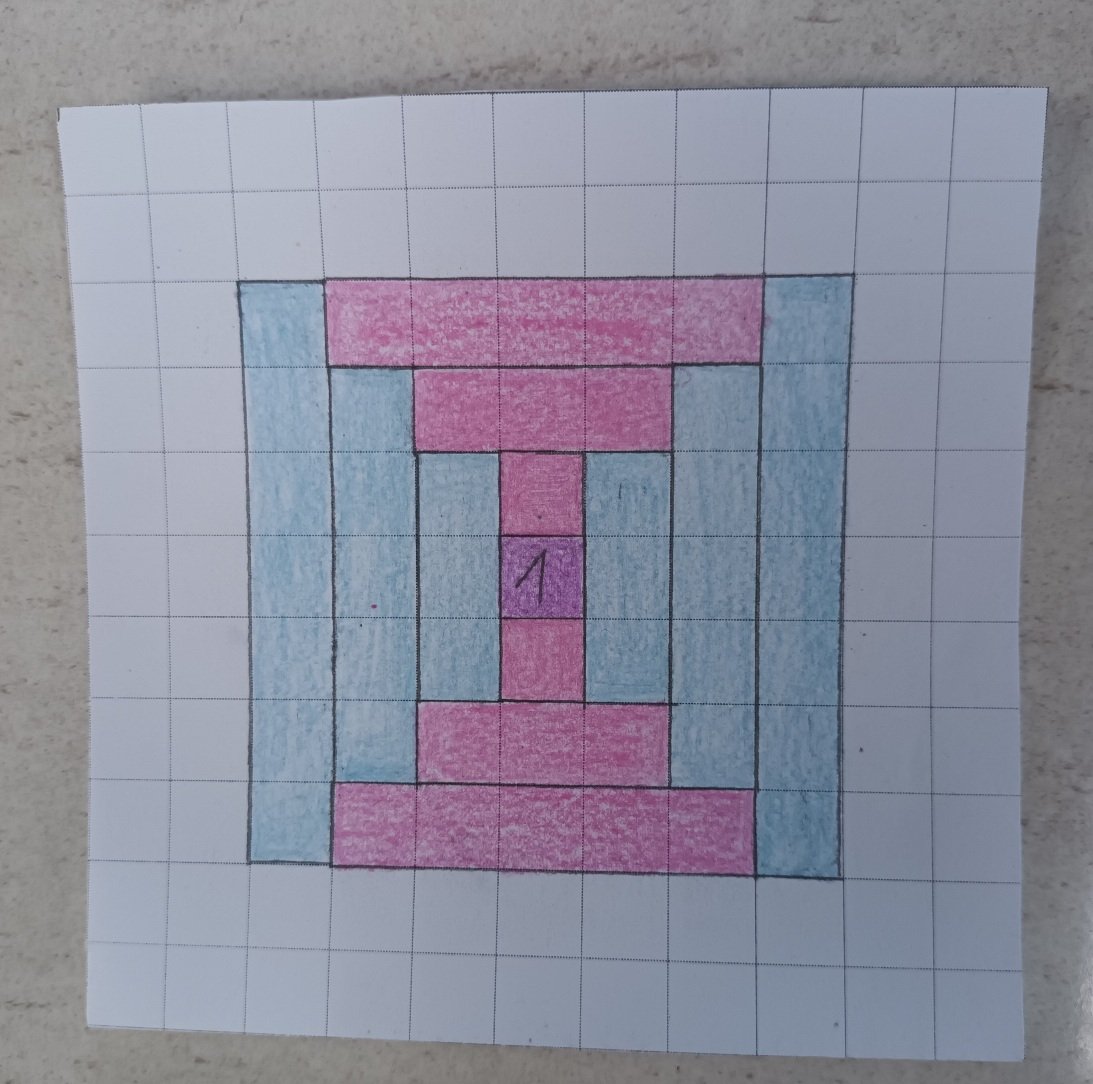
Repeat this procedure until you have drawn your desired number of laps.
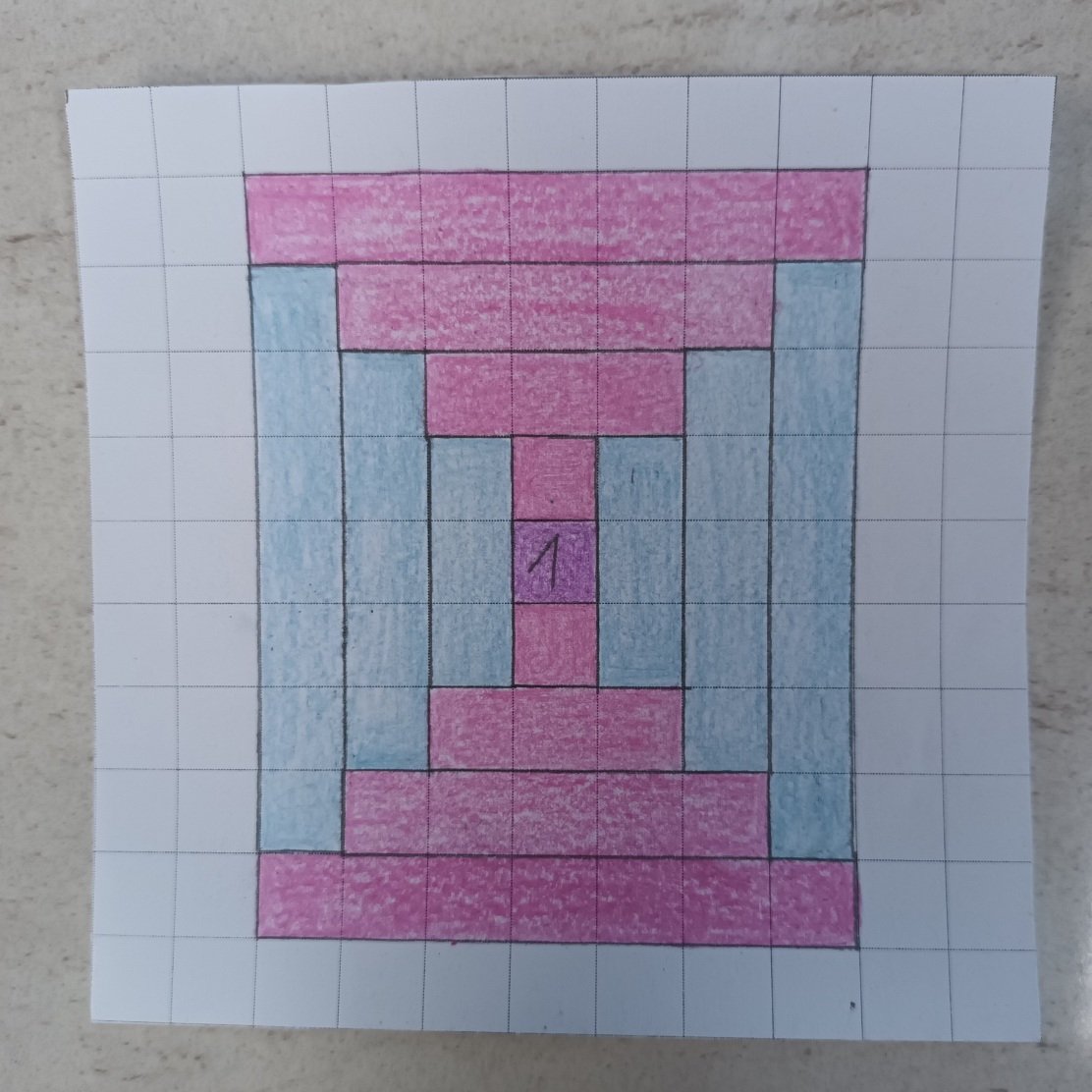
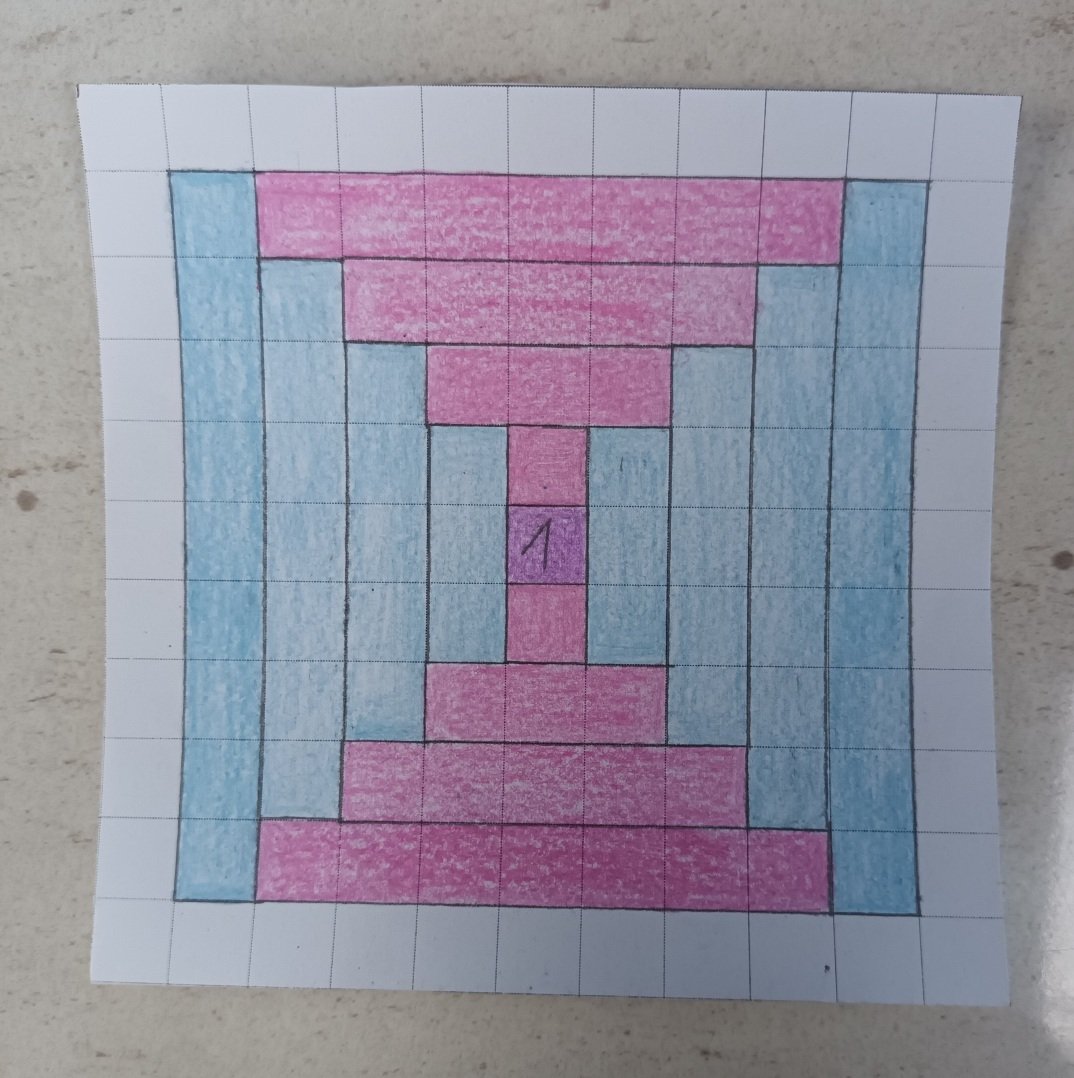
Finally, I label the individual strips in the order in which I drew the block and want to sew it later. So the first upper strip is number 2 and the first lower strip is number 3.
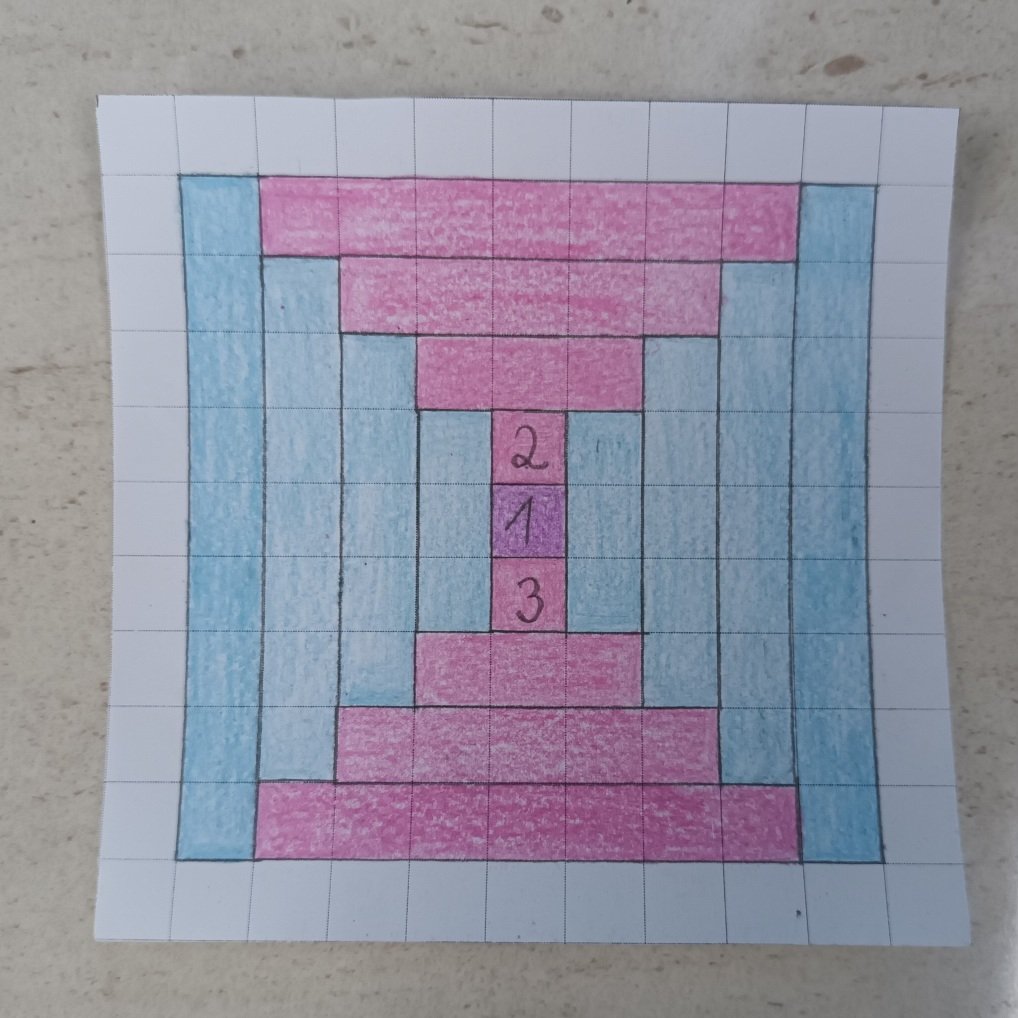
This is followed by the left-hand strip with the number 4 and the right-hand strip with the number 5.
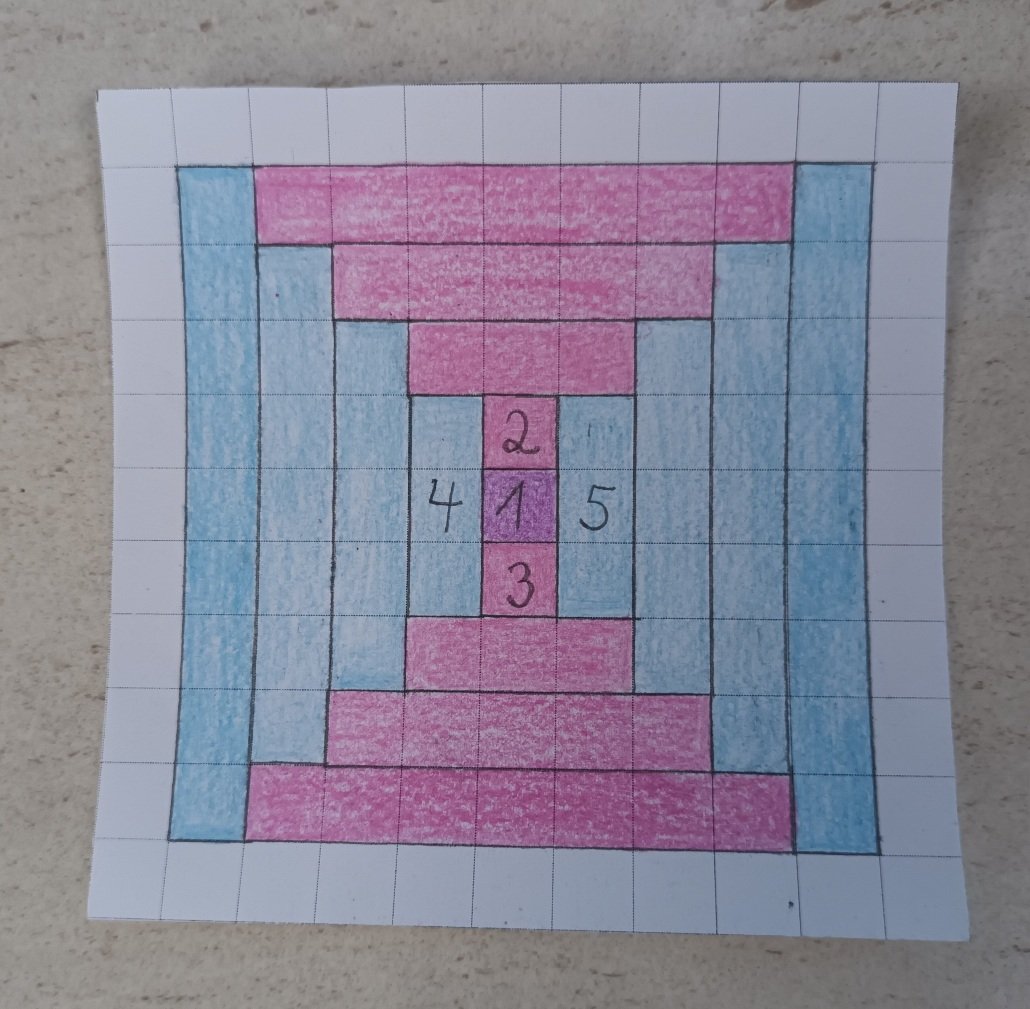
I will number the subsequent rounds in the same order.
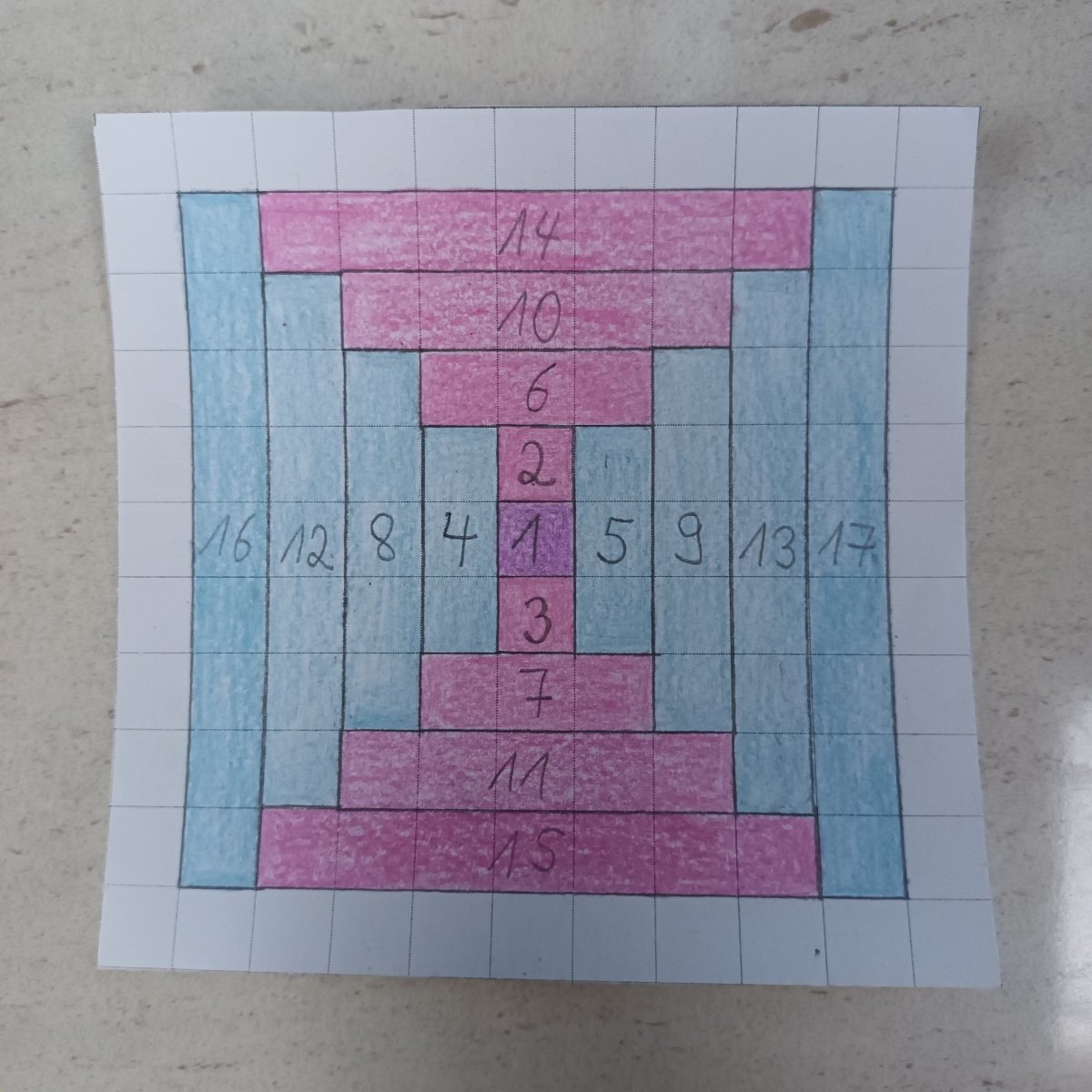
The Courthouse Steps block is ready.
The Courthouse Steps block is easy to sew
Of all the Log Cabin blocks, the Courthouse Steps block is, in my opinion, the easiest to sew.
With the original Log Cabin Block and the Amish Square Block, you always sew all the way around the center square and you shouldn't mix up the order of the next strip to be sewn, otherwise you can use the seam ripper... 😌
With the Courthouse Steps block, it's easier because you sew the strips alternately at the top AND bottom and then to the left AND right of the center square or piece of fabric.
The history of the Courthouse Steps block
The first Courthouse Steps blocks are said to date back to the early 17th century. But the Courthouse Steps block was also very popular during the American Civil War. Some believe that its use at the time was intended to make a political statement. Unfortunately, I cannot say to what extent this is true.
But even today, the block is very popular with both traditional and modern quilters.
The horizontal stripes are supposed to symbolize the steps leading up to the courthouse. For this reason, darker fabrics are traditionally chosen for these horizontal stripes, i.e. those above and below the central square. The vertical sides, as the strips to the left and right of the central square, are traditionally made of lighter fabrics.
However, the translation of the block name "Steps to Court" can easily obscure the fact that in earlier times, the Courthouse was not just a court building where hearings and trials took place (as we know it today). A judge could also perform marriage ceremonies, for example. The function of the building was also sometimes quite complex.
For example, the building could also house the prison. But the Courthouse could also fulfill the functions of a town hall, for example.
Unfortunately, we will never know which function of the Courthouse inspired the designers to choose the Courthouse Steps as the namesake for their patchwork block.
If you now feel like drawing the Courthouse Steps block and/or sewing it, then I would be delighted!
If you like, feel free to show me a photo of your drawing or the sewn block.
Happy quilting!
Chris










































